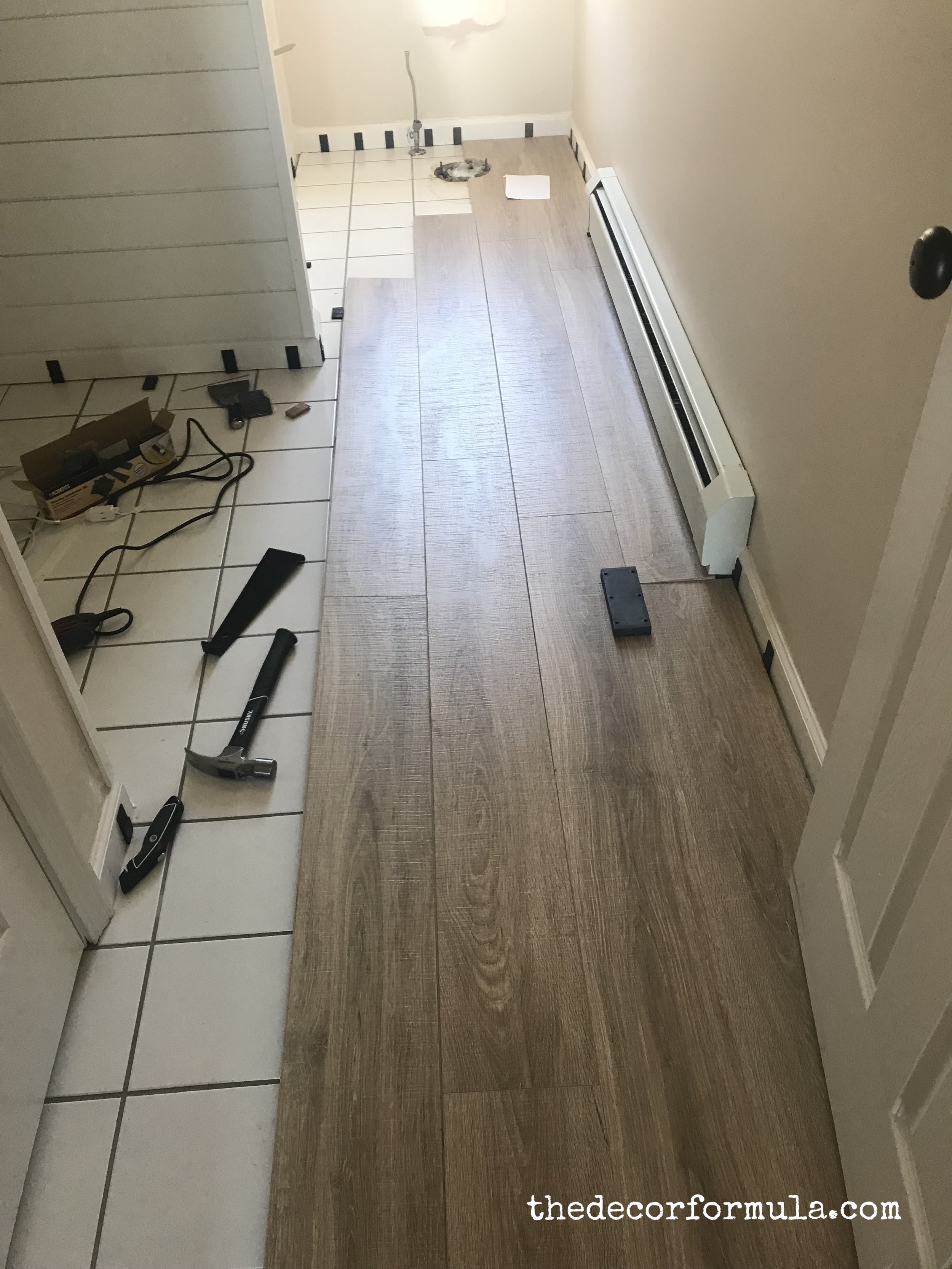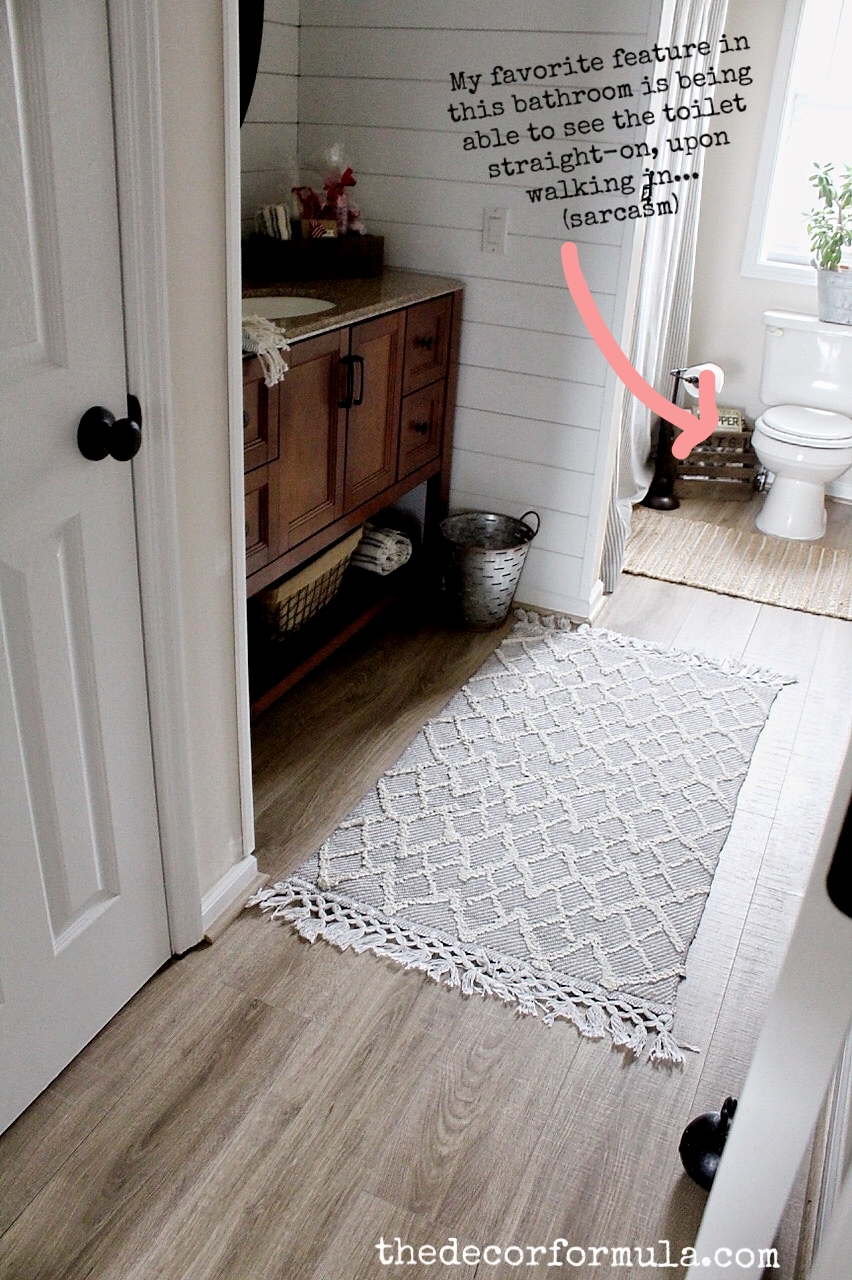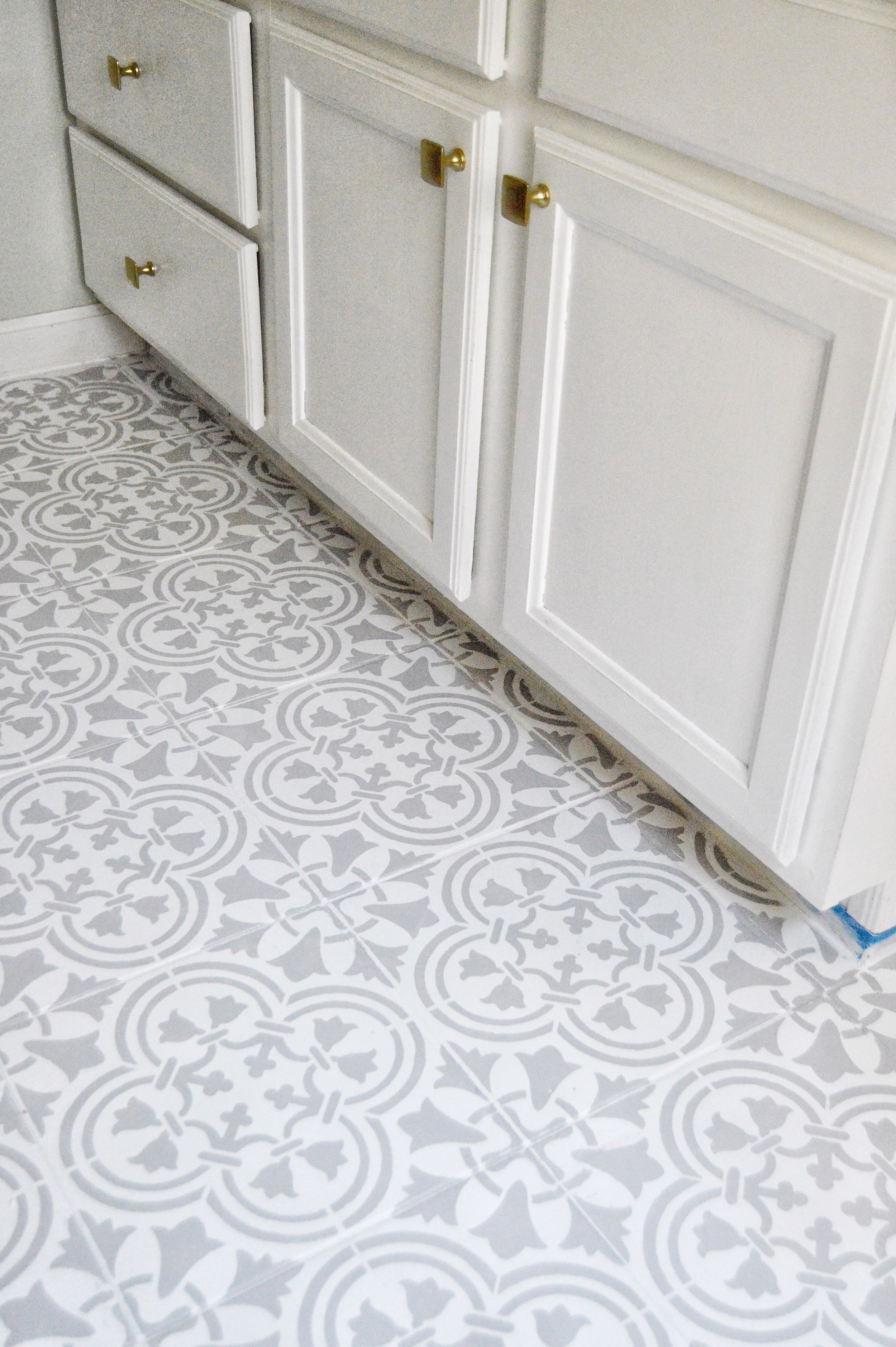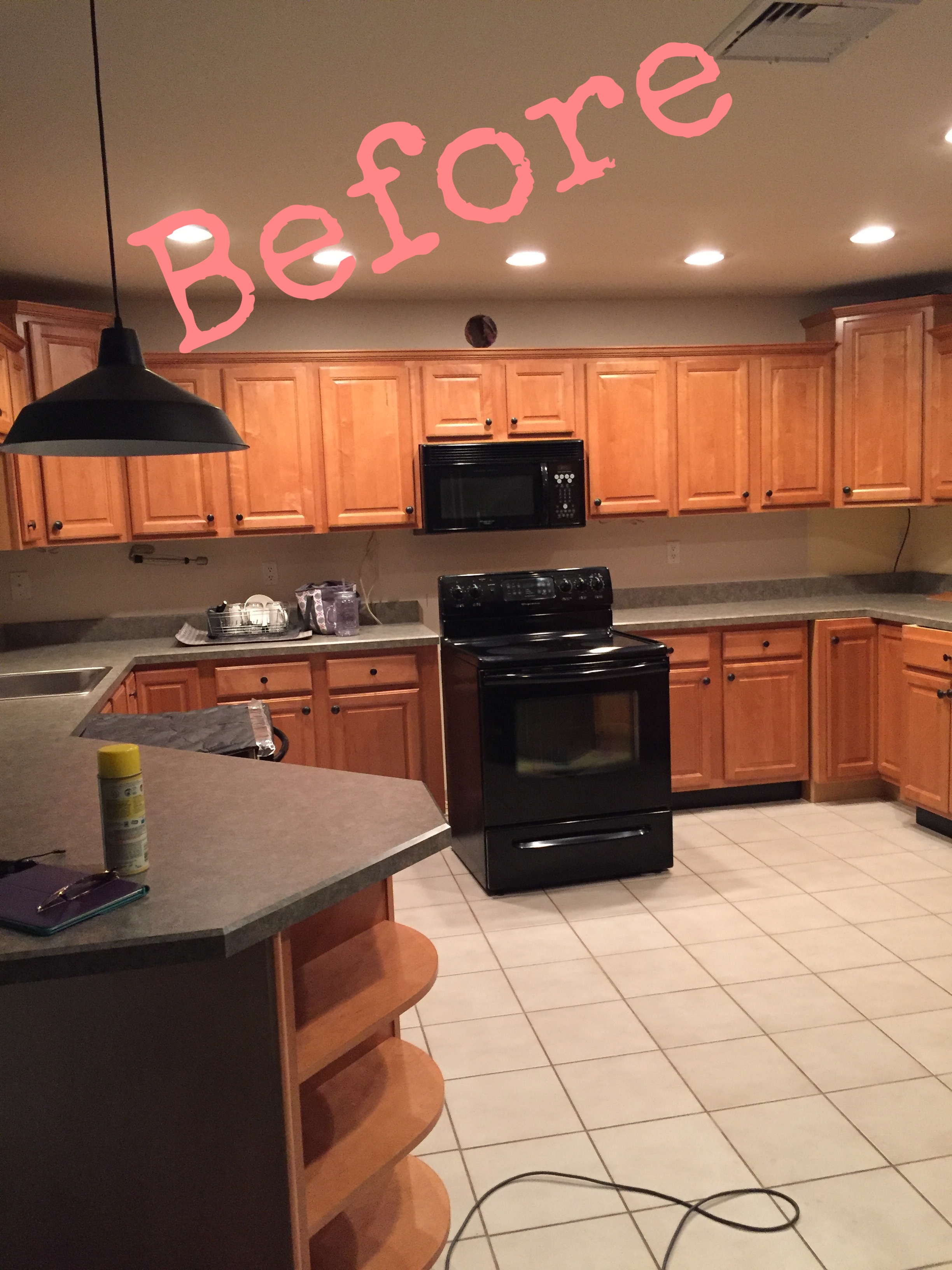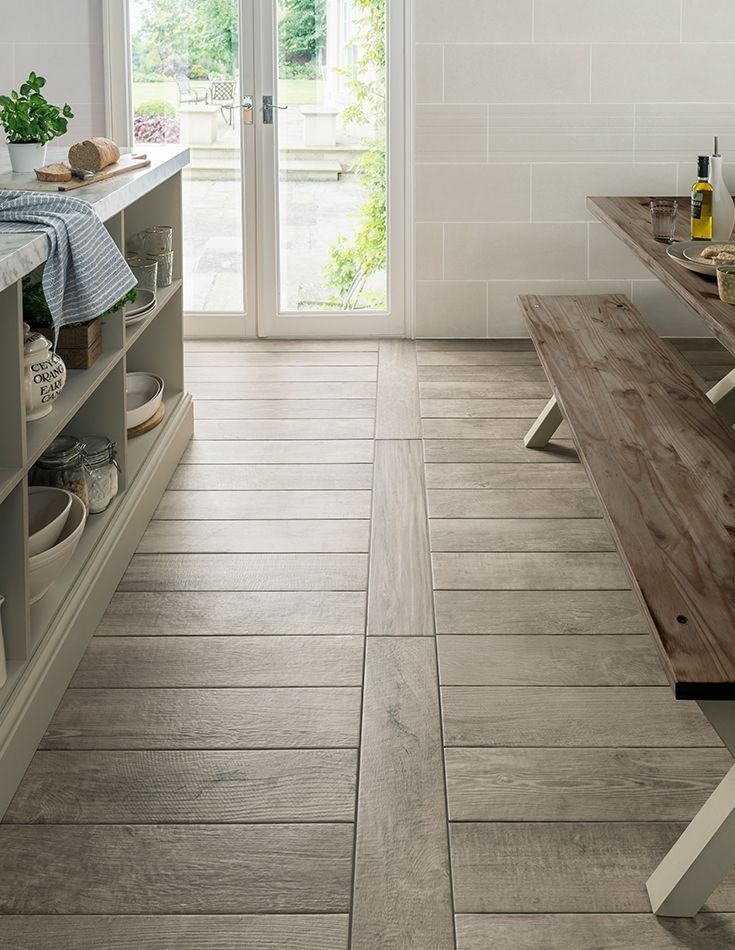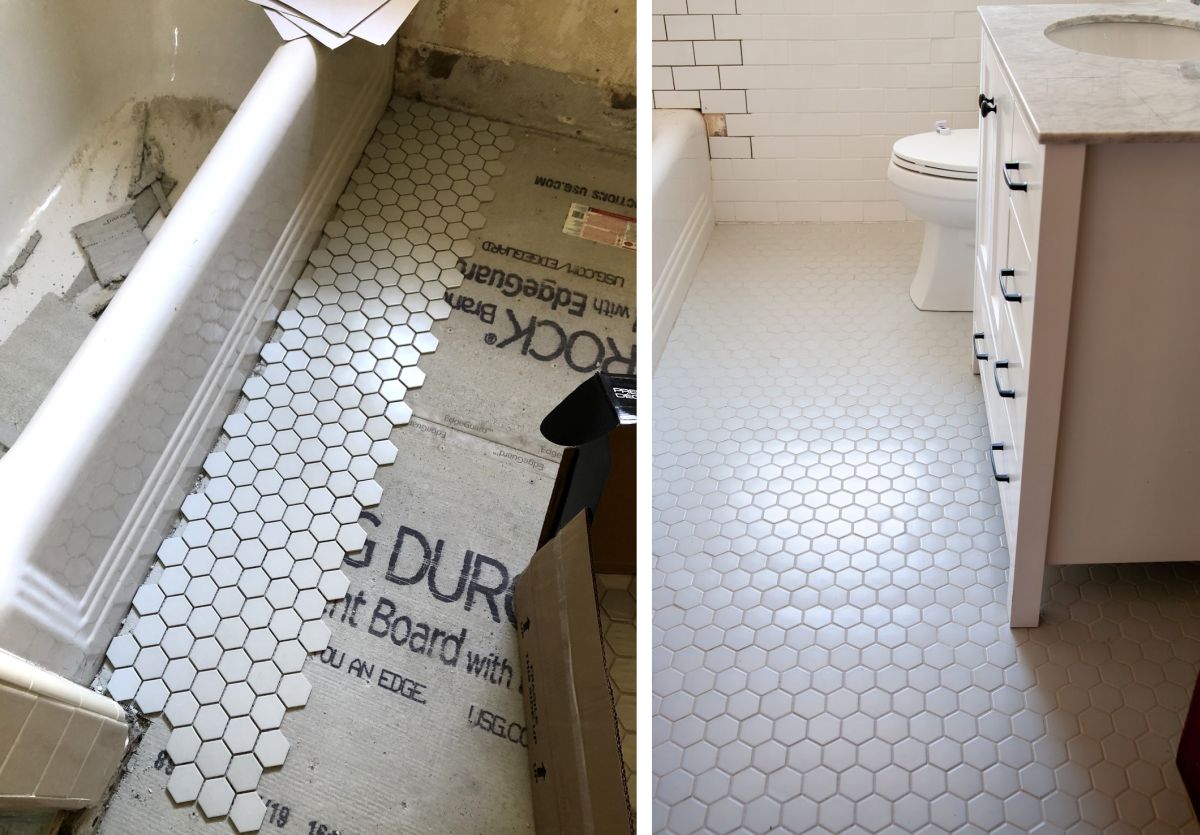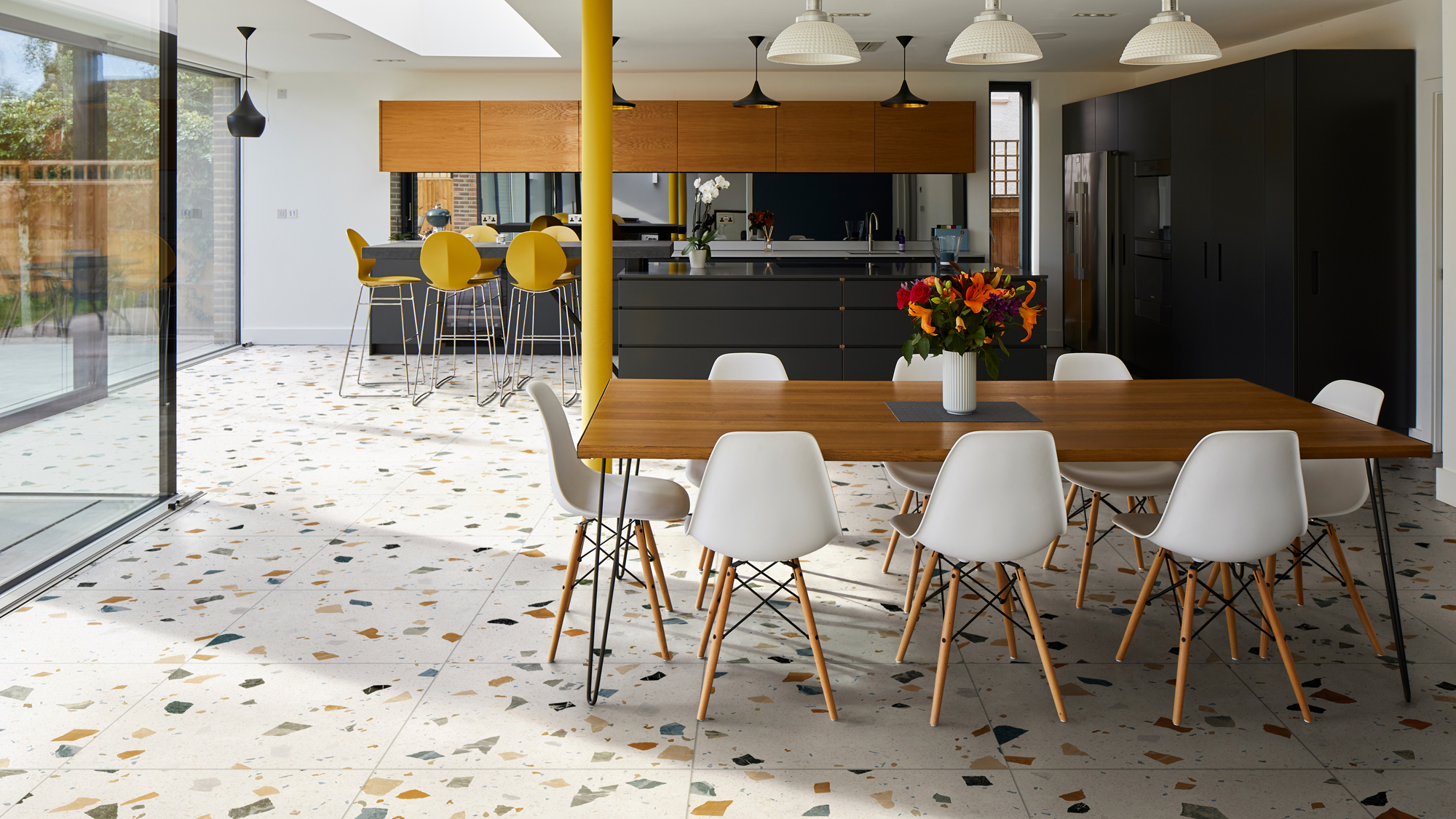Exploring Ideas for Covering Tile Floors
Tile floors can be durable and practical, but sometimes you might want to change up the look or add some warmth to your space. Fortunately, there are plenty of creative solutions for covering tile floors that can transform the appearance of your room. From temporary fixes to more permanent options, here are some ideas to consider:
- Area Rugs: Placing area rugs over tile floors is one of the easiest ways to add warmth, color, and texture to a room. Choose rugs in various sizes, shapes, and patterns to complement your decor and define different areas within the space. Whether you prefer a traditional Persian rug, a modern geometric design, or a cozy shaggy rug, there are endless options to suit your style.
- Interlocking Floor Tiles: Interlocking floor tiles offer a quick and easy way to cover tile floors without the need for adhesives or professional installation. These modular tiles come in a variety of materials, including foam, rubber, and wood, and can be easily snapped together to create a seamless and customizable surface. Use them to create a temporary dance floor in your living room, a soft play area in your child’s bedroom, or a stylish new floor in your home gym.
- Peel-and-Stick Vinyl Tiles: Peel-and-stick vinyl tiles are another DIY-friendly option for covering tile floors. These self-adhesive tiles come in a wide range of colors, patterns, and textures, allowing you to achieve the look of hardwood, stone, or ceramic flooring without the cost or hassle of traditional installation. Simply peel off the backing and press the tiles into place for an instant floor makeover that’s both affordable and durable.
- Temporary Floor Decals: Floor decals are a fun and creative way to add personality and style to your tile floors. These removable stickers come in a variety of designs, from bold geometric patterns to whimsical floral motifs, and can be easily applied and removed without damaging the underlying surface. Use them to create a statement floor in your entryway, kitchen, or bathroom, or mix and match different designs to create a custom look that’s uniquely yours.
- Modular Carpet Tiles: Modular carpet tiles offer a versatile and customizable solution for covering tile floors in high-traffic areas like hallways, playrooms, and home offices. These carpet squares come in a variety of colors and patterns and can be arranged in endless configurations to create unique designs and layouts. Best of all, if one tile gets stained or damaged, you can easily replace it without having to replace the entire floor.
- Wood or Laminate Flooring Overlay: If you’re looking for a more permanent solution for covering tile floors, consider installing a wood or laminate flooring overlay. These thin veneers can be installed directly over existing tile floors using adhesive or floating installation methods, providing a seamless and durable surface that mimics the look of hardwood or laminate flooring. With proper preparation and installation, a wood or laminate overlay can completely transform the appearance of your room while adding warmth and character to the space.

Stylish Rug Options to Enhance Tile Flooring
Tile flooring can provide a sleek and durable surface for your home, but it may lack the warmth and comfort that comes with carpet or rugs. Adding rugs to your tile floors not only enhances the aesthetic appeal of your space but also adds a layer of softness and insulation underfoot. Here are some stylish rug options to consider for enhancing your tile flooring:
Area Rugs: Area rugs are versatile decorative pieces that can instantly transform the look and feel of a room. Placing an area rug over tile flooring can add warmth, texture, and visual interest to the space while also defining different areas within an open-concept layout. Choose a rug that complements the style and color scheme of your room, whether you prefer a bold geometric pattern, a traditional Oriental design, or a simple solid color.
Runner Rugs: Runner rugs are long, narrow rugs that are perfect for hallways, entryways, or narrow spaces between rooms. Placing a runner rug over tile flooring can add a touch of elegance and sophistication to high-traffic areas while also providing a comfortable surface for walking. Choose a durable and stain-resistant material for runner rugs to withstand daily wear and tear.
Outdoor Rugs: Outdoor rugs are designed to withstand the elements and are perfect for use on patios, decks, or balconies with tile flooring. These rugs come in a variety of colors, patterns, and textures, allowing you to create a stylish and inviting outdoor living space. Look for outdoor rugs made from weather-resistant materials such as polypropylene or polyester that are easy to clean and maintain.
Kitchen Rugs: Kitchen rugs are a practical and stylish addition to tile flooring in the kitchen. These rugs can add comfort and cushioning underfoot while also protecting the tile from spills, stains, and scratches. Choose a kitchen rug with a low-pile or flat-weave design that is easy to clean and resistant to moisture and stains. Consider placing a rug in front of the sink or stove to provide a soft landing pad while cooking and washing dishes.
Bath Mats: Bath mats are essential for preventing slips and fall on tile flooring in the bathroom. These mats provide a soft and absorbent surface for stepping out of the shower or bathtub while also adding a decorative touch to the space. Look for bath mats with non-slip backing and machine-washable materials for easy cleaning and maintenance.
Custom Rugs: If you have a specific design or color scheme in mind, consider investing in a custom rug that is tailored to your exact specifications. Many rug manufacturers offer custom design services that allow you to choose the size, shape, color, and pattern of your rug, ensuring a perfect fit for your space. Whether you prefer a traditional hand-knotted rug or a modern tufted design, a custom rug can add a personal touch to your tile flooring and tie the room together beautifully.
Innovative Tile Paint Techniques for Transforming Your Floors
If you’re looking to update your tile floors without the hassle and expense of replacing them, consider painting them instead. With the right paint and techniques, you can completely transform the look of your tile floors and give your room a fresh new look. Here are some innovative tile paint techniques to consider for transforming your floors:
Solid Color Paint: One of the most straightforward ways to paint tile floors is to apply a solid color paint. Choose a high-quality enamel or epoxy paint specifically designed for use on tile surfaces, and select a color that complements your decor and personal style. Before painting, thoroughly clean and prime the tile to ensure proper adhesion and long-lasting results. Apply multiple thin coats of paint, allowing each coat to dry completely before applying the next, and finish with a clear sealant to protect the surface from scratches and stains.
Stenciled Designs: Stenciling is a popular technique for adding pattern and visual interest to tile floors. Choose a stencil design that complements your decor, such as geometric shapes, floral motifs, or intricate patterns, and use painter’s tape to secure the stencil in place on the tile. Apply paint to the stencil using a stencil brush or foam roller, taking care to blot off any excess paint to prevent bleeding. Repeat the stencil pattern across the entire floor, alternating colors or orientations as desired, to create a custom and eye-catching design.
Faux Tile Effect: Create the look of expensive ceramic or stone tile flooring with a faux painting technique. Use a combination of paint and glaze to mimic the texture and appearance of natural tiles, such as marble, slate, or terrazzo. Start by applying a base coat of paint in a solid color, then use a sponge or rag to dab on layers of glaze in different shades to create depth and dimension. Experiment with different techniques, such as sponging, ragging, or stippling, to achieve the desired effect, and finish with a clear sealant to protect the painted surface.
Color Blocking: Color blocking is a modern and graphic technique for adding visual interest to tile floors. Choose two or more complementary colors and use painter’s tape to create clean lines and geometric shapes on the floor. Apply each color in alternating blocks or sections, ensuring clean and crisp edges between colors. This bold and contemporary look is perfect for adding a pop of color and personality to your space.
Ombre Effect: Create a subtle and sophisticated ombre effect on your tile floors by blending two or more colors together seamlessly. Start by applying a base coat of paint in the lightest color, then gradually add darker shades of paint as you move across the floor to create a gradient effect. Blend the colors using a dry brush or sponge to soften the transition between shades. This subtle and elegant technique adds depth and dimension to your floors while creating a cohesive and harmonious color scheme.
Luxurious Vinyl and Laminate Flooring Alternatives
Vinyl and laminate flooring offer stylish and affordable alternatives to traditional tile flooring, providing the look of hardwood, stone, or tile at a fraction of the cost. These versatile flooring options are available in a wide range of colors, patterns, and textures, allowing you to achieve the look you want without breaking the bank. Here are some luxurious vinyl and laminate flooring alternatives to consider for updating your tile floors:
Luxury Vinyl Plank Flooring: Luxury vinyl plank (LVP) flooring is a popular choice for homeowners looking to replicate the look of hardwood flooring without the cost or maintenance requirements. LVP is made from multiple layers of PVC vinyl and features a realistic wood grain texture and embossed surface for added authenticity. It comes in a variety of colors and finishes, including oak, maple, walnut, and hickory, allowing you to achieve the look of hardwood flooring in any room of your home.
Luxury Vinyl Tile Flooring: Luxury vinyl tile (LVT) flooring is another stylish and durable alternative to traditional tile flooring. LVT is made from PVC vinyl and features a printed design layer that mimics the look of natural stone, ceramic, or porcelain tile. It comes in a variety of shapes, sizes, and patterns, including square, rectangular, and hexagonal tiles, allowing you to create custom designs and layouts. LVT is waterproof, scratch-resistant, and easy to clean, making it an ideal choice for kitchens, bathrooms, and other high-moisture areas.
Engineered Vinyl Plank Flooring: Engineered vinyl plank (EVP) flooring combines the durability and waterproof properties of vinyl with the stability and rigidity of engineered hardwood. EVP is made from multiple layers of PVC vinyl and a rigid core material, such as stone composite or wood plastic composite, for added strength and stability. It features a realistic wood grain texture and can be installed as a floating floor or glued down for added stability. EVP is available in a variety of colors, styles, and finishes, allowing you to achieve the look of hardwood flooring with the durability and ease of maintenance of vinyl.
Waterproof Laminate Flooring: Waterproof laminate flooring is an affordable and stylish alternative to traditional tile flooring, offering the look of hardwood, stone, or tile with added water resistance and durability. Waterproof laminate features a moisture-resistant core and a waterproof wear layer that protects against spills, stains, and moisture damage. It comes in a variety of colors, textures, and finishes, including embossed wood grain and textured stone, allowing you to achieve the look you want without the worry of water damage or warping.
Cork Flooring: Cork flooring is a natural and sustainable alternative to traditional tile flooring, offering warmth, comfort, and durability. Cork is harvested from the bark of the cork oak tree and is renewable, biodegradable, and hypoallergenic. Cork flooring features a unique cellular structure that provides natural insulation and cushioning underfoot, making it comfortable to stand on for extended periods. It comes in a variety of colors and patterns, including natural cork, stained cork, and printed designs, allowing you to create a custom look that complements your decor.
Eco-Friendly and Sustainable Options for Updating Tile Floors
If you’re looking to update your tile floors in an eco-friendly and sustainable way, there are plenty of options available that minimize environmental impact while still providing stylish and durable flooring solutions. From recycled materials to renewable resources, here are some eco-friendly alternatives to consider for updating your tile floors:
Bamboo Flooring: Bamboo flooring is a sustainable alternative to traditional tile flooring, offering the beauty and durability of hardwood with the environmental benefits of a rapidly renewable resource. Bamboo is a fast-growing grass that can be harvested every five to seven years without harming the plant or the environment. Bamboo flooring comes in a variety of colors, finishes, and styles, including solid bamboo planks and engineered bamboo boards, allowing you to achieve the look you want while minimizing your carbon footprint.
Cork Flooring: Cork flooring is another eco-friendly option for updating tile floors, offering natural warmth, comfort, and durability. Cork is harvested from the bark of the cork oak tree, which regenerates after each harvest without harming the tree or the environment. Cork flooring features a unique cellular structure that provides natural insulation and cushioning underfoot, making it comfortable to stand on for extended periods. It also has natural antimicrobial properties that resist mold, mildew, and pests, making it a healthy and sustainable choice for any room in your home.
Recycled Glass Tile: Recycled glass tile is made from post-consumer or post-industrial glass that has been melted down and reformed into tiles. These tiles come in a variety of colors, shapes, and sizes, and can be used for flooring, backsplashes, countertops, and more. Recycled glass tile is not only eco-friendly but also durable, stain-resistant, and easy to clean, making it a versatile and sustainable option for updating tile floors in your home.
Reclaimed Wood Flooring: Reclaimed wood flooring is made from salvaged wood that has been sourced from old buildings, barns, and other structures slated for demolition. This reclaimed wood is then cleaned, milled, and refinished to create beautiful and unique flooring that preserves the character and history of the original material. Reclaimed wood flooring comes in a variety of species, finishes, and styles, allowing you to achieve a rustic, vintage, or modern look that adds warmth and charm to your home.
Recycled Rubber Flooring: Recycled rubber flooring is made from post-consumer or post-industrial rubber that has been reclaimed and repurposed into durable and resilient flooring tiles. These tiles come in a variety of colors, patterns, and textures, and can be used for flooring, mats, and other applications. Recycled rubber flooring is slip-resistant, shock-absorbent, and easy to clean, making it an ideal choice for high-traffic areas like kitchens, bathrooms, and gyms.
Tile Floor Covering Idea
Ideas for Covering Up Tile Floors Without Removing It
How To Update Your Bathroom Floor Tiles
Simple Ways to Cover Tiles Cheaply
Covering Up Tile Floors
Kitchen floor tile ideas: 14 durable yet stylish floor ideas
Can I Cover Asbestos Floor Tiles With Concrete?
Related Posts:
